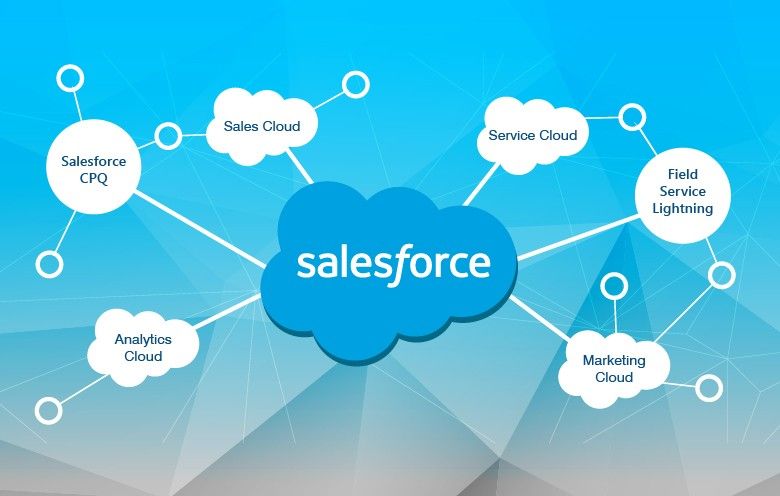Description
Introduction to System Architect Essentials(PEGA 8.8)
The “System Architect Essentials” training for PEGA 8.8 provides foundational knowledge on designing, developing, and deploying applications using the PEGA platform. As a low-code development platform, PEGA enables organizations to automate workflows and manage case processing. This course is aimed at empowering system architects to use PEGA’s tools to create scalable, adaptable applications that improve business processes. PEGA 8.8 includes updates on case management, application development, data handling, and security features.
Prerequisites of System Architect
Basic understanding of software development lifecycle and web applications
Familiarity with business processes and workflows
General IT knowledge, including databases and integration methods, is recommended
TABLE OF CONTENT
1: Introduction to PEGA 8.8
1.1 Overview of PEGA Platform
1.2 Key Features and Capabilities of PEGA 8.8
1.3 Understanding the Role of a System Architect
2: PEGA Platform Fundamentals
2.1 PEGA Application Structure
2.2 Rule Types and Their Usage
2.3 Class Structure and Hierarchy
2.4 Data Modeling and Relationships
3: Building User Interfaces
3.1 Introduction to UI Design in PEGA
3.2 Creating Forms and Layouts
3.3 Configuring Dynamic Layouts
3.4 Implementing Reusable UI Components
4: Business Logic in PEGA
4.1 Overview of Decision Rules
4.2 Implementing Decision Tables and Decision Trees
4.3 Introduction to Declarative Rules
4.4 Designing and Configuring Business Rules
5: Case Management
5.1 Understanding Cases in PEGA
5.2 Configuring Case Types
5.3 Implementing Case Life Cycle and Stages
5.4 Integrating Case Management with Other Components
6: Integration in PEGA
6.1 Introduction to Integration
6.2 Configuring Connectors and Services
6.3 Implementing Data Mappings
6.4 Handling Errors and Exceptions in Integrations
7: Security and Access Control
7.1 Authentication and Authorization in PEGA
7.2 Configuring Access Groups
7.3 Implementing Security Policies(Ref: Cloud Governance: Policies & Compliance)
7.4 Role-Based Access Control
8: Reporting and Dashboards
8.1 Introduction to Reporting Tools in PEGA
8.2 Configuring Reports and Charts
8.3 Building Dashboards for Real-Time Monitoring
8.4 Analyzing and Interpreting Data
9: Deployment and DevOps
9.1 Overview of Deployment in PEGA
9.2 Configuring Application Packaging
9.3 Implementing Continuous Integration and Deployment
9.4 Best Practices for Version Control
10: Performance Optimization
10.1 Identifying and Addressing Performance Bottlenecks
10.2 Configuring and Optimizing Rule Resolution
10.3 Implementing Caching Strategies
10.4 Monitoring and Analyzing System Performance
11: Best Practices and Troubleshooting
11.1 Best Practices for PEGA Development
11.2 Common Issues and Their Resolutions
11.3 Debugging and Troubleshooting Techniques
11.4 Performance Tuning Tips
Conclusion
The System Architect Essentials(PEGA 8.8) course prepares individuals with the skills to architect, develop, and maintain applications on the PEGA platform. With PEGA’s low-code approach, system architects can enhance process efficiencies, ensure compliance, and streamline business operations. This training lays a solid foundation in PEGA’s powerful features, from case management to automation, enabling participants to build robust applications that drive business success.







Reviews
There are no reviews yet.